Last Updated
A number of Cancun cenotes are facing contamination in record amounts, according to the most recent tests conducted by local authorities in Quintana Roo.
What does this mean for tourists, and will it be possible to swim in these natural wonders in the near future?
We’ve got all you need to know below:
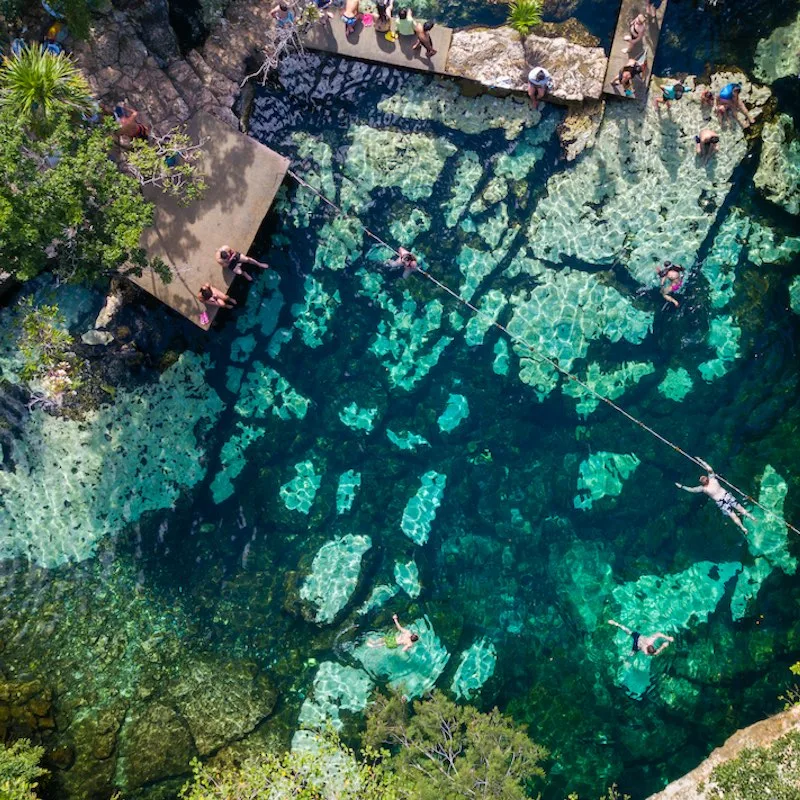
11 Cenotes In The District Now Rate As Poor Quality
The northern region of Quintana Roo state, where Cancun is located, is home to dozens of cenotes. There’s a total of 71 cenotes in this area that undergo routine quality testing conducted by the local municipal authorities.
The most recent studies, however, have revealed that 11 of these cenotes in northern Quintana Roo now have poor-quality water — and 10 of them are located in Cancun proper.
This means that approximately 15% of the cenotes tested rate as having poor water quality.
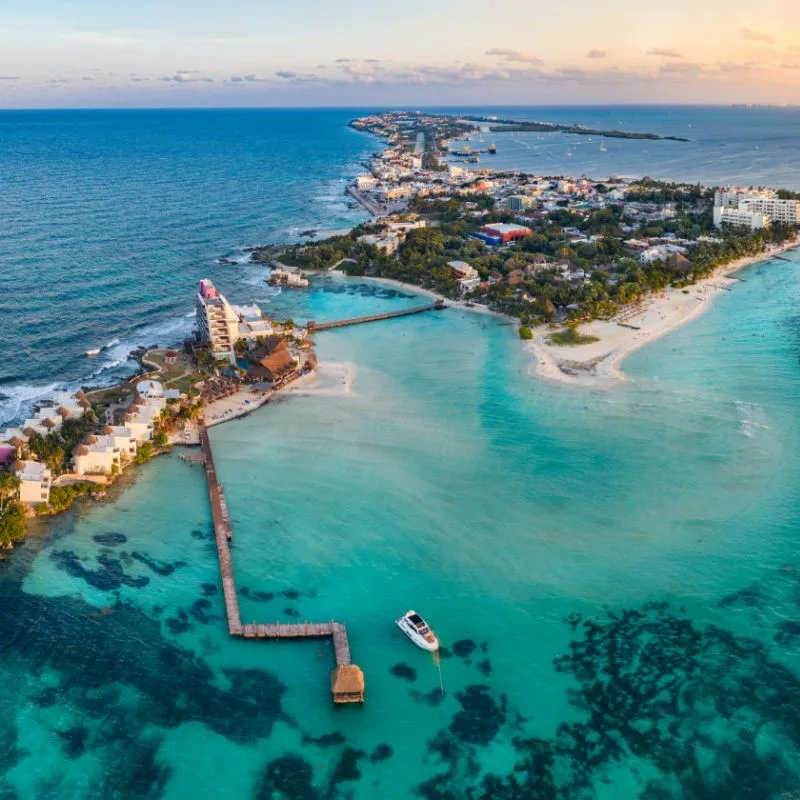
Cancun’s Chacmochuc Lagoon Among Most Contaminated
This recent study, which has organized by the state’s General Directorate of Ecology, has identified that the most contaminated waters can be found in the Chacmochuc Lagoon and the nearby cenotes located in the city of Cancun.
Located off the northern coast of Cancun, a few miles from Costa Mujeres, Chacmochuc is a significant coastal lagoon in the region.
Top 5 Travel Insurance Plans For 2023 Starting At $10 Per Week
Easily Earn Points For Free Travel
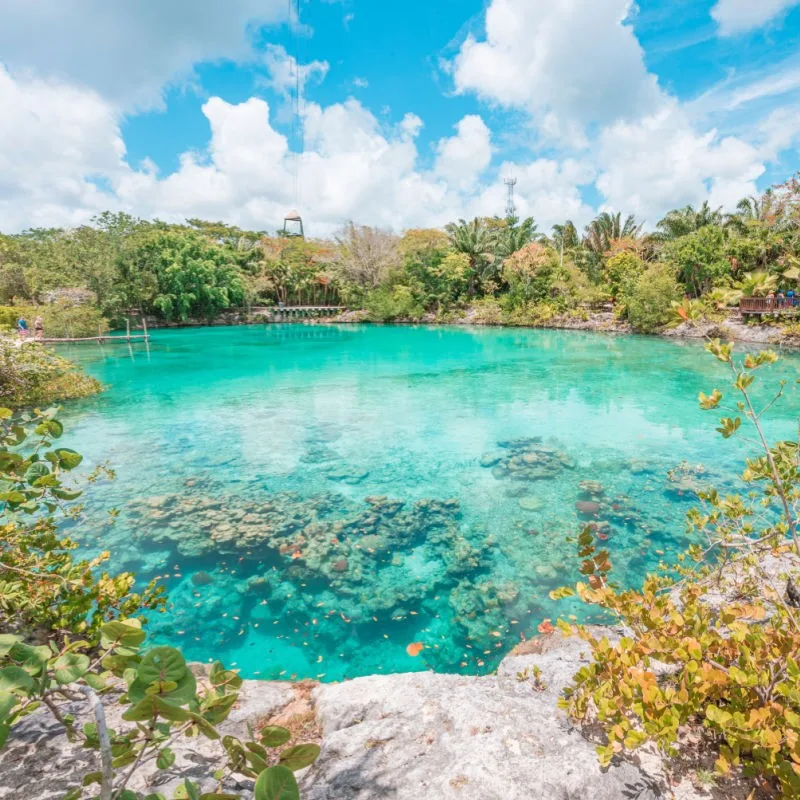
The culprit?
Officials noted in the study that the contamination found in the lagoon and Cancun cenotes is mostly because of wastewater that is wrongfully discarded of, leaving room for the waste to make its way to these sensitive bodies of water.
There’s also leachate taken from the abandoned dump on Isla Mujeres, and this accumulated liquid is also unfortunately discarded in the lagoon.
Leachate is a liquid contaminant that is formed as a result of decomposing garbage runoff mixed with rainwater.
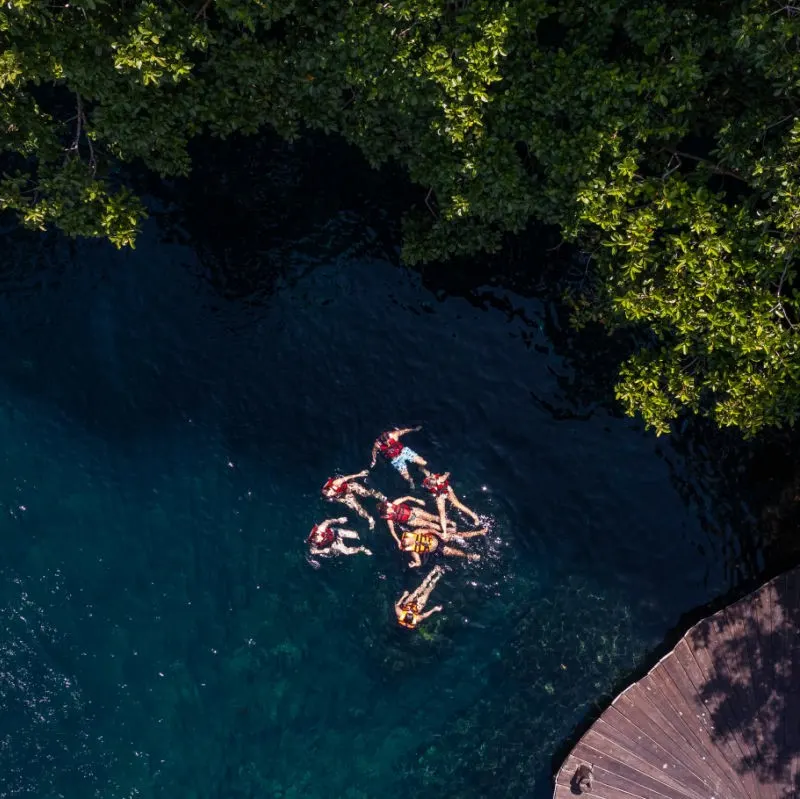
According to Claudia Cecilia Topete Martín, who manages the AyMA Engineering and Environmental Consulting company, the major contaminants consist of phosphorus and ammoniacal nitrogen.
A substance called coliform bacteria, which is basically one of the bacteria found in human and animal waste, has been identified in the Cancun cenotes.
The 71 bodies of water in the recent study have been routinely tested throughout 2020 to 2022. They are the cenotes located in Isla Mujeres, the Cancun area, as well as the town of Puerto Morelos.
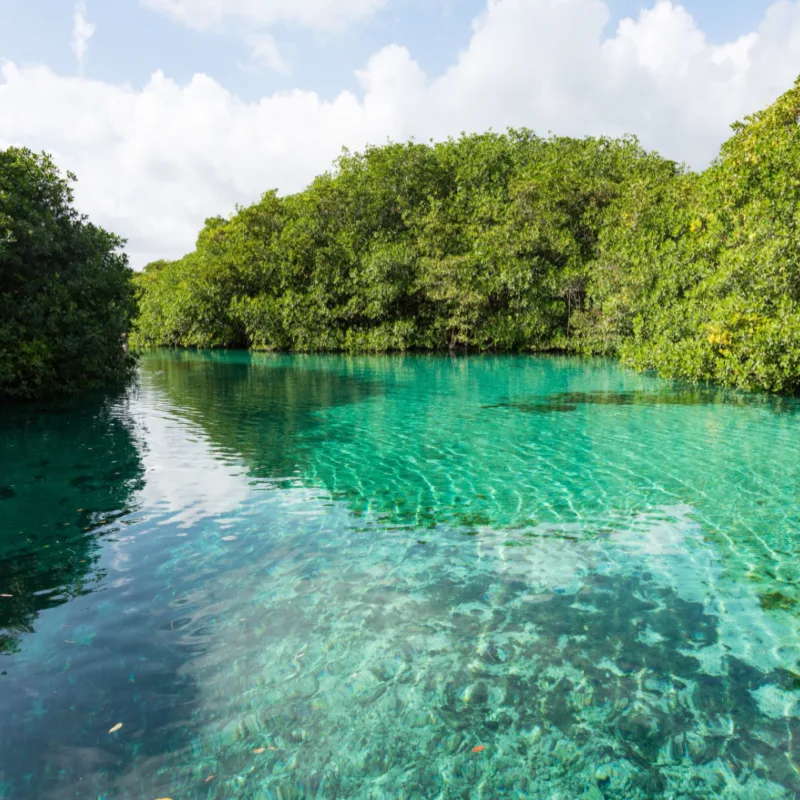
What Is A Cenote? Information For Travelers
Cenotes are a unique natural wonder of the Yucatan Peninsula and one of the major draws for tourists in the region.
On a trip here at any time of year, there’s nothing quite like plunging into a sparkling cenote or even discovering a quiet cavelike cenote a little off the beaten path.
With more contamination of these natural wonders being recorded every year, it begs the question about how and if these cenotes are made to withstand visitors on the daily in such large numbers and even can survive being within a close distance to such a bustling and growing vacation destination.
While there was no mention in the study if these Cancun cenotes are currently off-limits to visitors, we’ll be sure to report it if there’s an update.
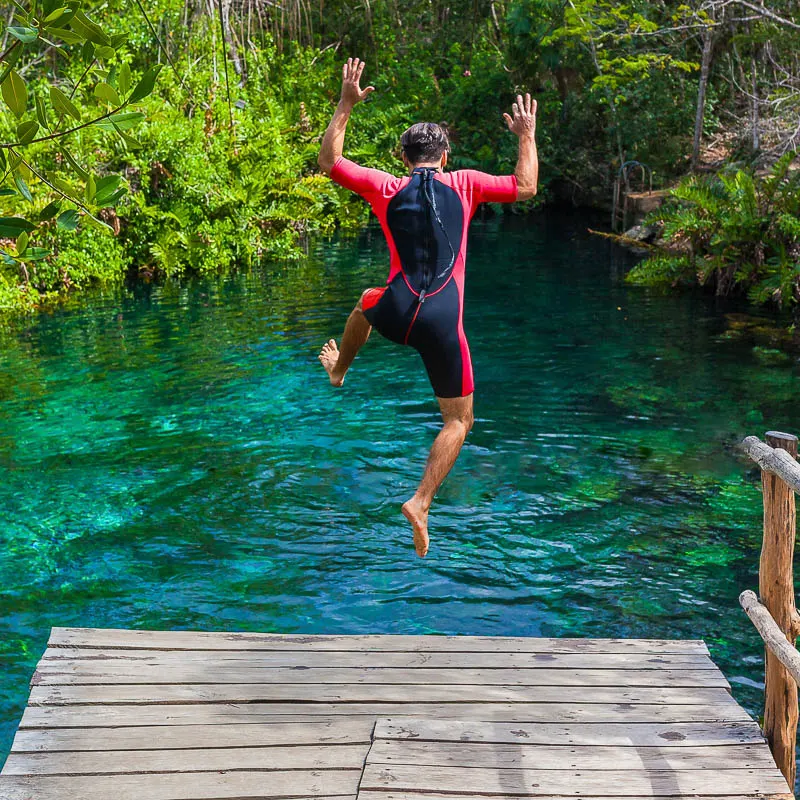
So, What’s The Plan Going Forward?
In order to keep the local natural wonders like the cenotes and lagoons safe, clean, and free of contamination as possible, better management of Quintana Roo state’s wastewater and waste, in general, is definitely needed. Some ideas put forward on how to do this include:
- Increasing the range of the local sewage network
- Establish a proper treatment system of Quintana Roo’s wastewater
- Proper maintenance and quality network of the drainage network in order to prevent leaks
- Martín also noted the importance of keeping the public informed on water quality in the region on a national as well as international level.
Furthermore, the plan is to conduct an analysis of about 40 wastewater treatment plants in the region, as well as over 60 sanitation monitoring station of the coastline, local lagoons, cenotes, and groundwater. There’s also the idea of installing a water-quality traffic light system.
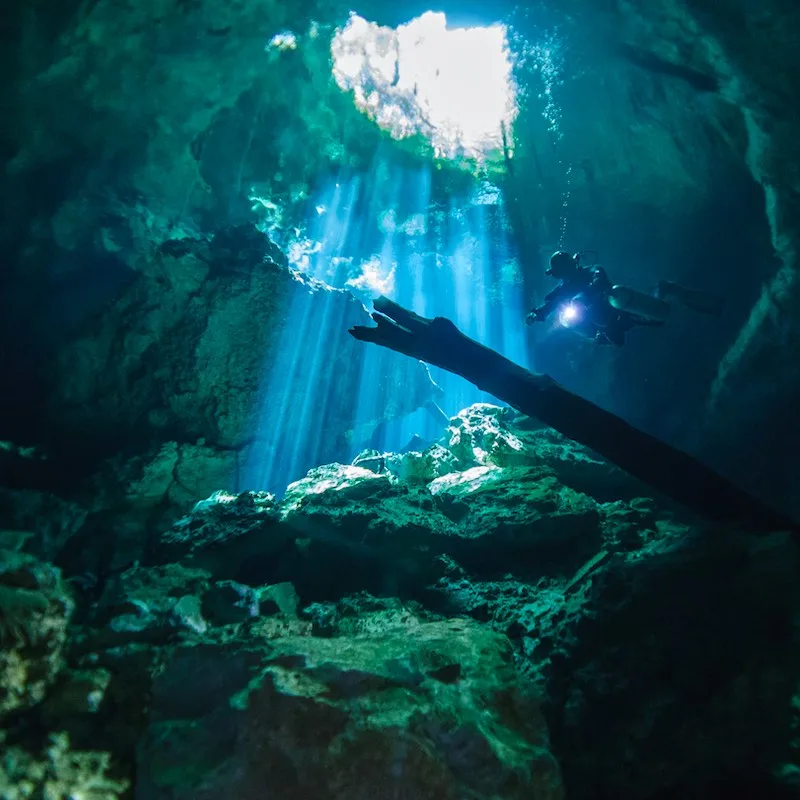
Plan Your Next Cancun Vacation:
Traveler Alert: Don’t Forget Travel Insurance For Your Next Trip!
Choose From Thousands of Cancun and Riviera Maya Hotels, Resorts and Hostels with Free Cancellation On Most Properties
↓ Join the community ↓
The Cancun Sun Community FB group has all the latest travel news, conversations and tourism Q&A’s for the Mexican Caribbean

Subscribe to our Latest Posts
Enter your email address to subscribe to The Cancun Sun’s latest breaking news affecting travelers, straight to your inbox.

gary
Wednesday 29th of March 2023
its a shame. so beautiful
Jill Coster
Wednesday 29th of March 2023
Why are the citizens of Cancun allowed to ruin their beautiful, miraculous cenotes ? Ignorance and laziness is destroying the planet, including Mexico. Tourists have been blamed for many things but Mexicans themselves must shoulder responsibility to keep their country clean and as much in its natural state as possible. When the tourists stop coming Mexicans will feel the blow.
B. Sanchez
Wednesday 5th of April 2023
@Jill Coster, Hmm consider the lack of resources in another country, Jill.